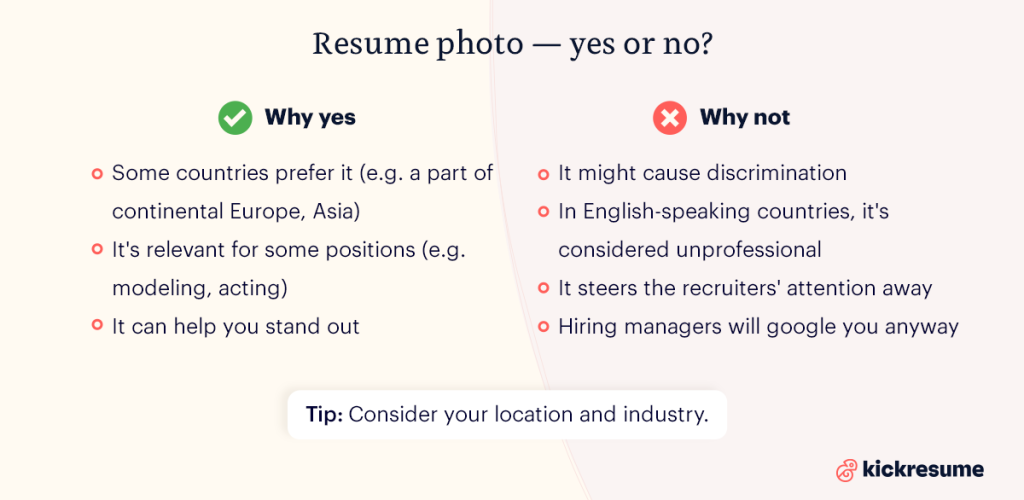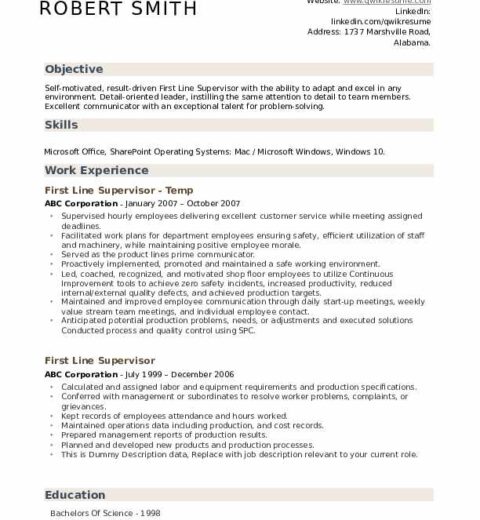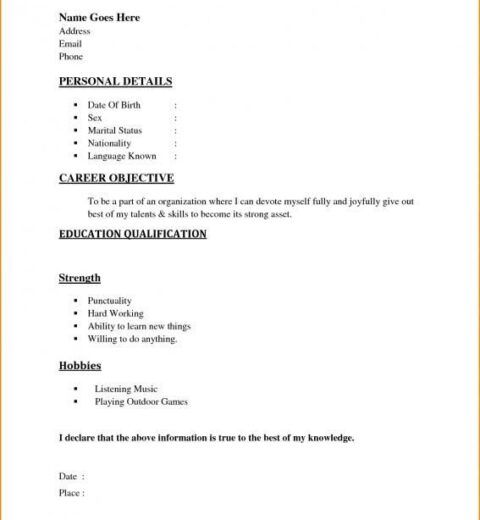In the realm of job applications, the inclusion of a photograph on a resume has become a topic of considerable debate amongst applicants, recruiters, and career consultants. Many professionals are often left wondering: should you put a picture on your resume? The answer isn’t as straightforward as one might think. This article endeavors to dissect the implications of attaching a photo to your resume, aiding you in making a judicious decision tailored to your unique circumstances.
Understanding the Context
Before delving into the nuances of photographs on resumes, it is crucial to comprehend that cultural norms and industry standards play a substantial role in this decision. In some countries, such as those in Europe and Asia, it is commonplace and even expected to include a photograph. Conversely, in the United States, the practice is less common and often discouraged due to concerns around bias and legal implications. A photo can inadvertently lead to the perception of favoritism or discrimination based on physical appearance.
Advantages of Including a Photo
Nevertheless, there are several advantages to including a picture on your resume, particularly in specific industries or scenarios. For imaginative fields like modeling, acting, or public relations, a photograph is almost a prerequisite. Here are some compelling arguments in favor of this practice:
- Personal Branding: In creative industries, a photograph can serve as a vital tool for personal branding. It allows an applicant to convey their personality and style, making a memorable impression on hiring committees.
- Visual Recognition: Including a picture might aid in establishing familiarity during the interview process. A hiring manager may recall your resume more vividly when they see your face—this could help you stand out amongst a sea of candidates.
- Confidence Display: A well-chosen, professional photograph can communicate confidence and approachability. This is vital for roles that require extensive interaction with clients or team members.
Disadvantages of Including a Photo
Despite the advantages, there are also significant downsides associated with adding a picture to your resume. Here are a few points to consider:
- Potential Bias: One of the most alarming concerns is the possibility of unconscious bias. Recruiters may inadvertently let physical appearance influence their decisions, which could lead to discrimination based on age, ethnicity, or attractiveness.
- Legal Concerns: Anti-discrimination laws in many regions discourage practices that might lead to bias. Including a picture could potentially expose both the applicant and the employer to legal scrutiny.
- Distraction from Qualifications: A photo can divert attention from the qualifications and skills detailed in the resume. Recruiters have limited time to evaluate candidates, so any diversion might prove detrimental.
When to Include a Picture
If you’ve decided to move forward with including a photo, it is essential to consider the context and industry in which you are applying. Here are situations when including a photograph is generally acceptable:
- Creative Fields: Fields rooted in art, design, and entertainment commonly embrace photographs. A compelling image can supplement your portfolio and emphasize your creative talents.
- Personal Websites: If your resume is part of a personal website or digital portfolio, including a photo may enhance the site’s visual appeal and assist in establishing a personal connection with visitors.
- Networking Events: In situations involving online networking platforms like LinkedIn, a photo can bolster your presence and facilitate easier recall among potential connections.
Best Practices for Including a Photo
If you decide to incorporate a photograph, adhere to specific best practices to maximize its efficacy:
- Professional Quality: Invest in a high-quality, professionally taken headshot. Avoid casual photographs, selfies, or any images lacking clarity or professionalism.
- Appropriate Attire: Dress appropriately for the field in which you are applying. Your attire should align with the company culture, demonstrating an understanding of industry norms.
- Neutral Background: Select a neutral or simple background that doesn’t detract from your image. The focus should remain on your face.
- Size Matter: Ensure the size of the photo complements the overall format of your resume. It should not dominate the page but should still be easily identifiable.
Conclusion: The Path Forward
In summary, the decision to include a photograph on your resume should be made with careful consideration of the industry, company culture, and personal branding strategies. The potential benefits must be weighed against the risks of bias and distraction. While creative fields may embrace the trend, applicants in other industries might find that a photograph undermines their qualifications. Ultimately, the choice is yours, but it is paramount to make that choice with confidence and conviction, adhering to established practices to ensure that your resume shines for all the right reasons. The truth lies not just in the picture but in your skills, experiences, and the unique contributions you can bring to a prospective employer.




